

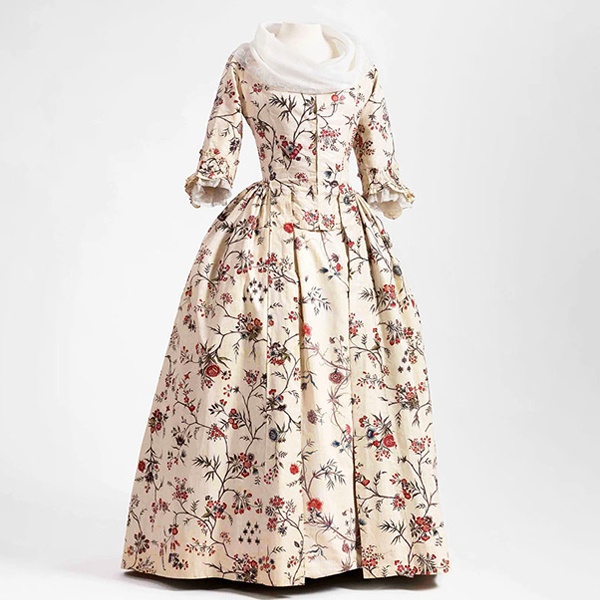
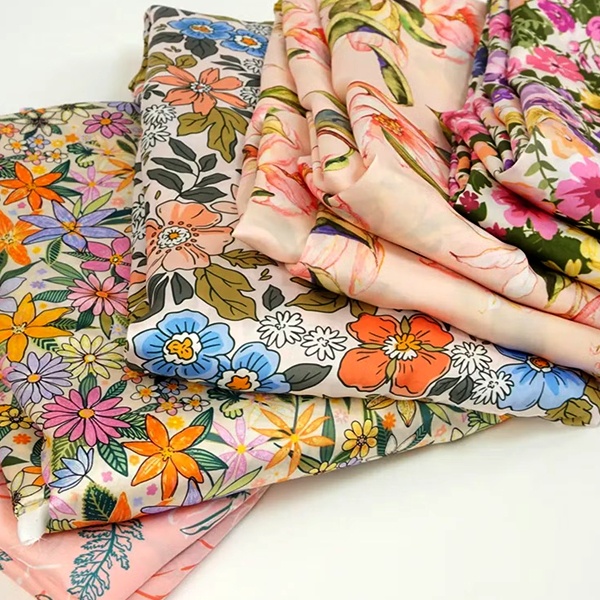
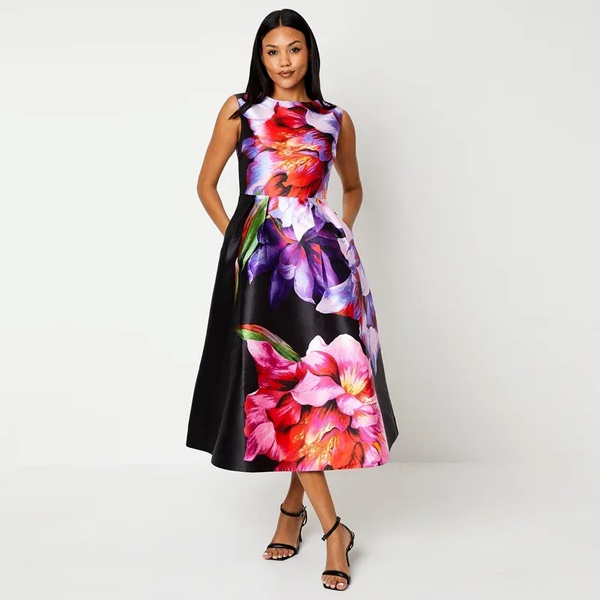
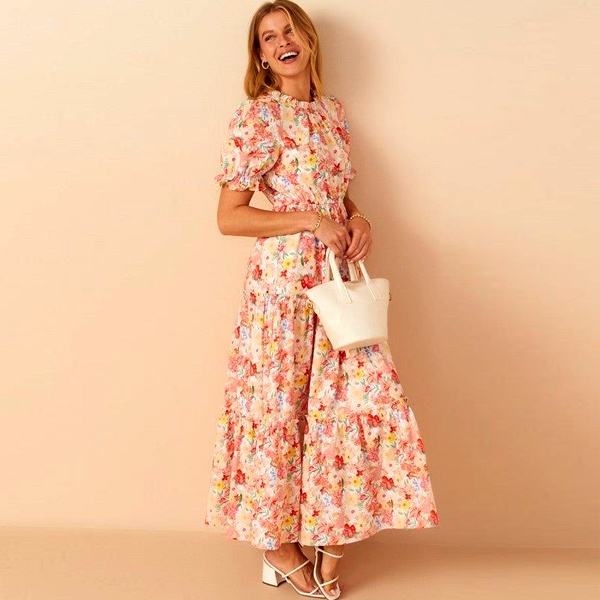
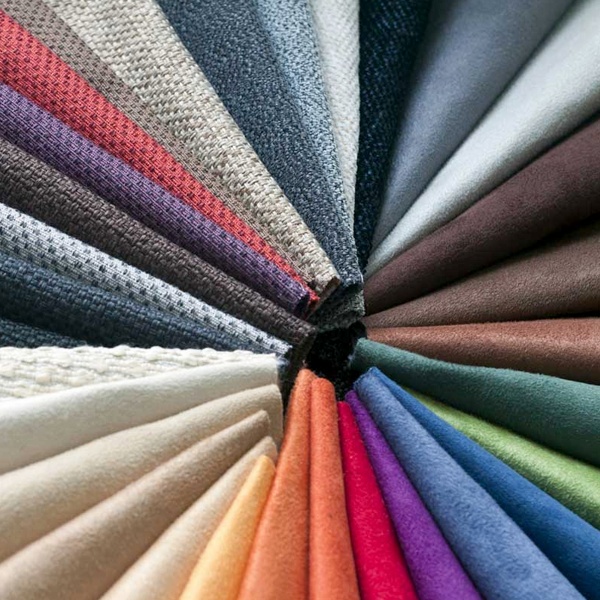
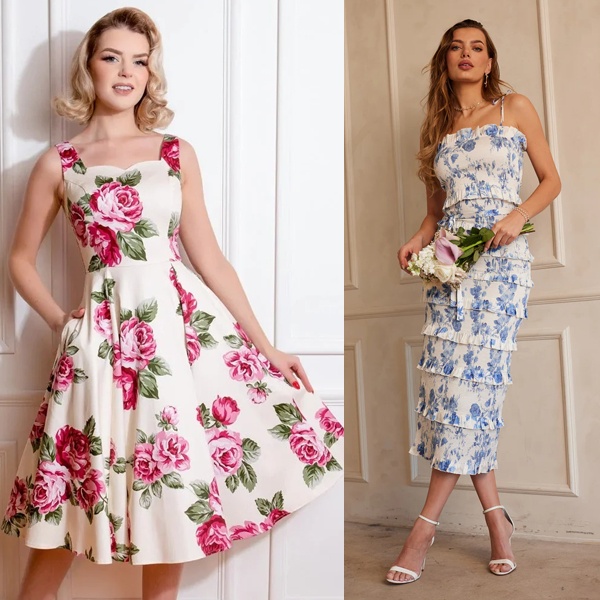
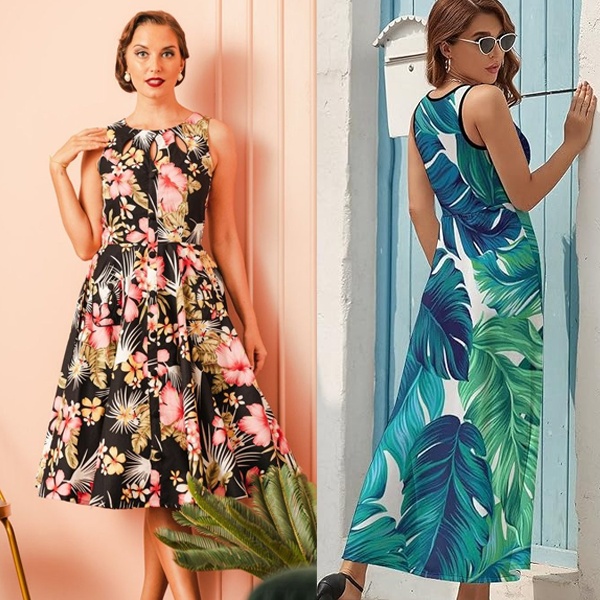


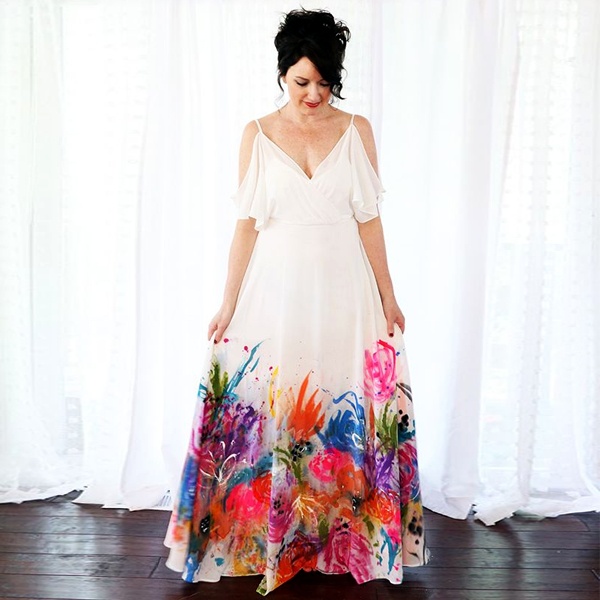

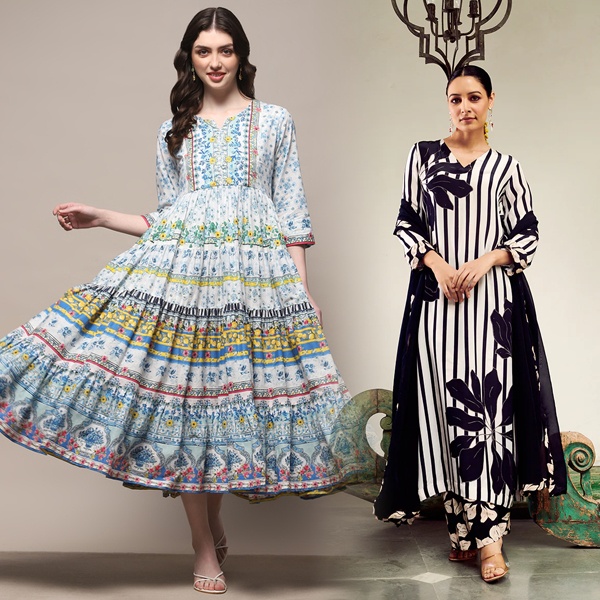
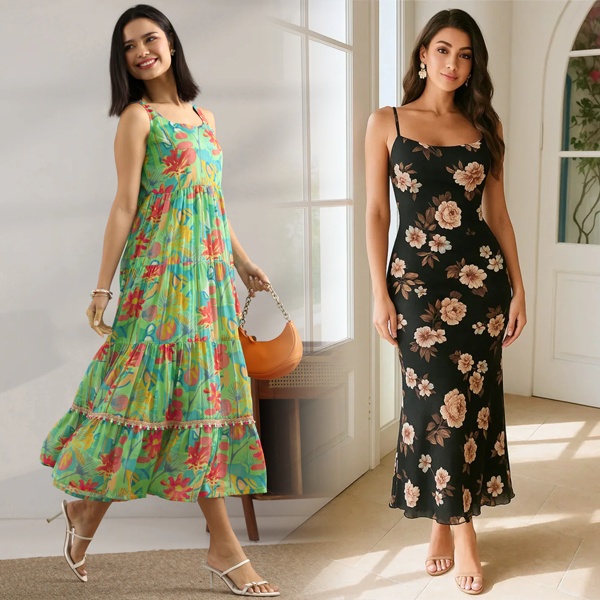

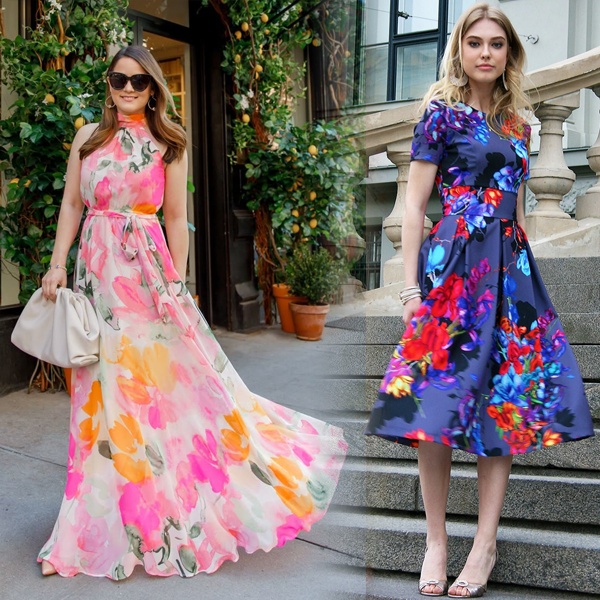





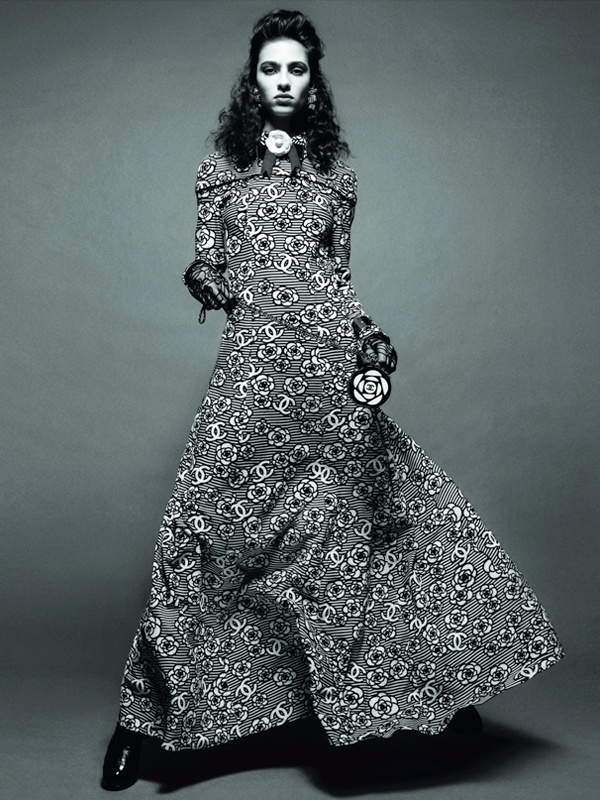
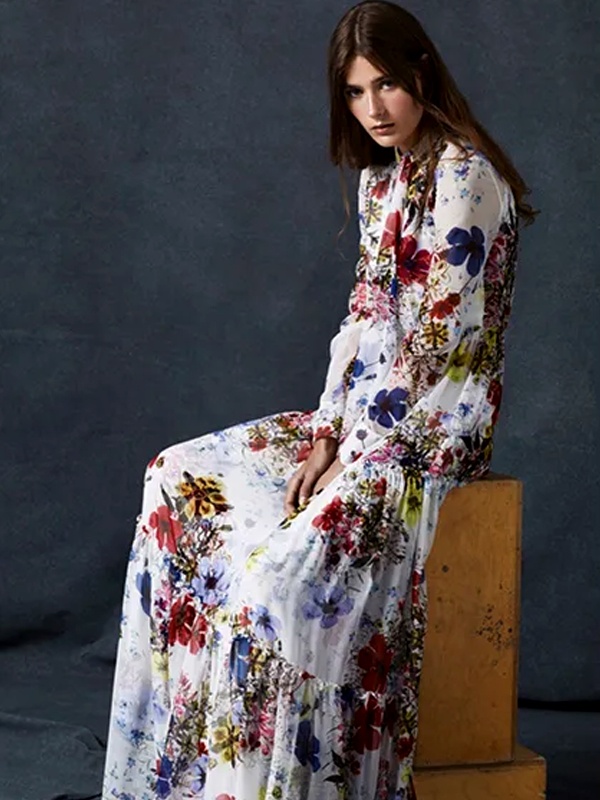
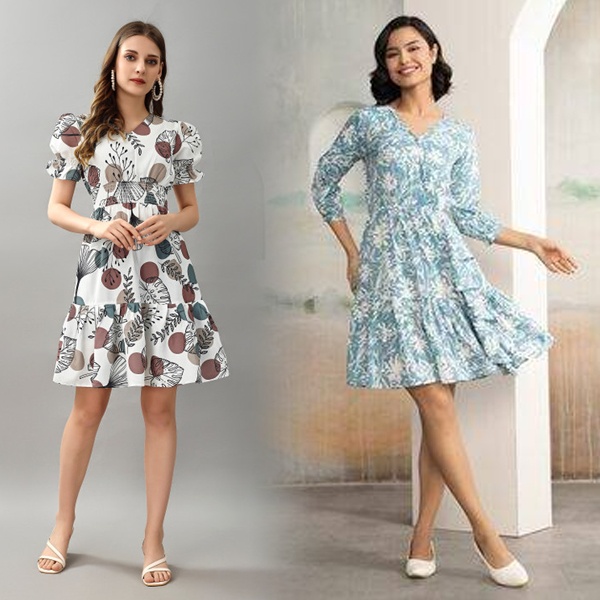
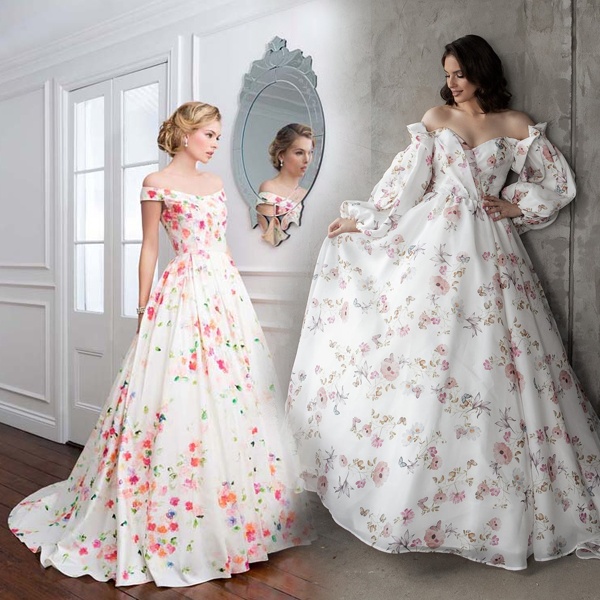

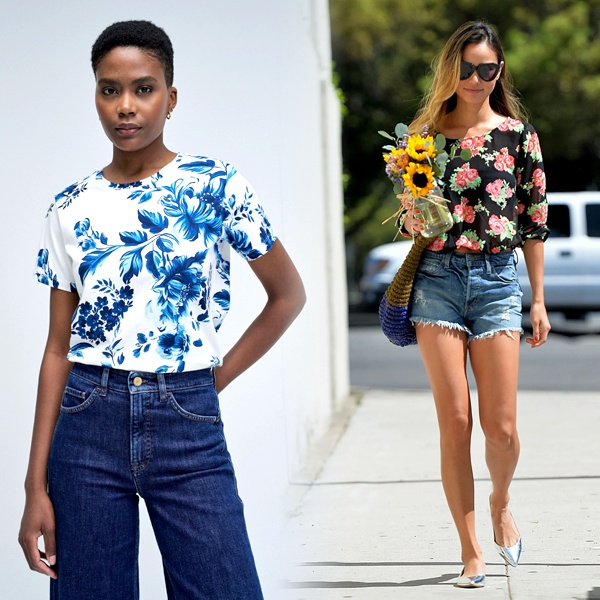
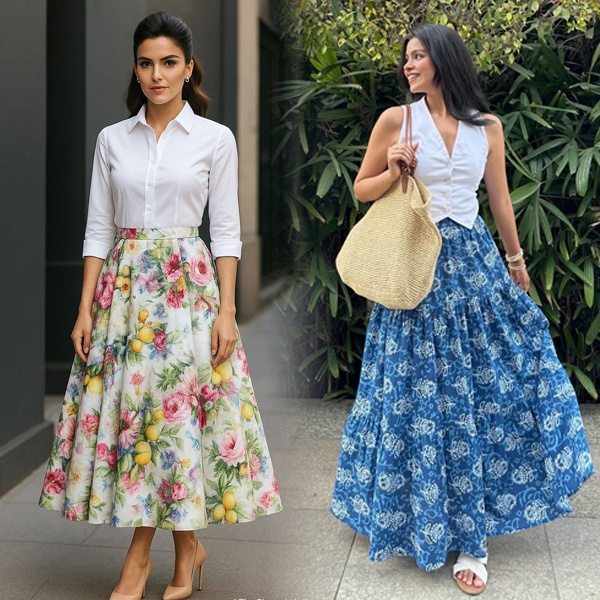


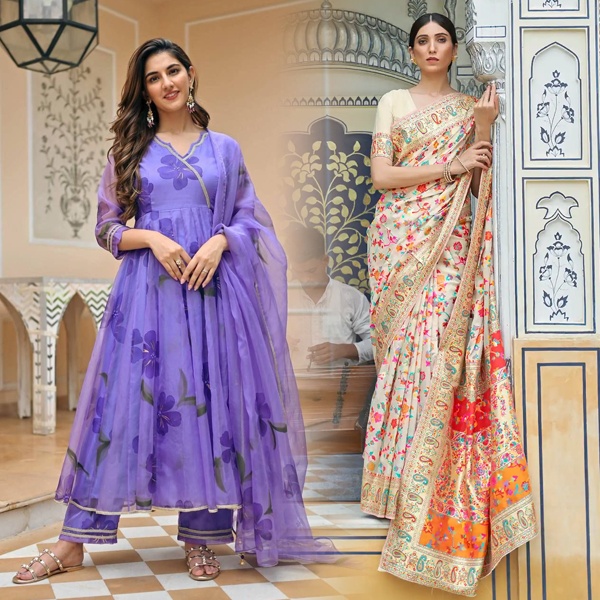



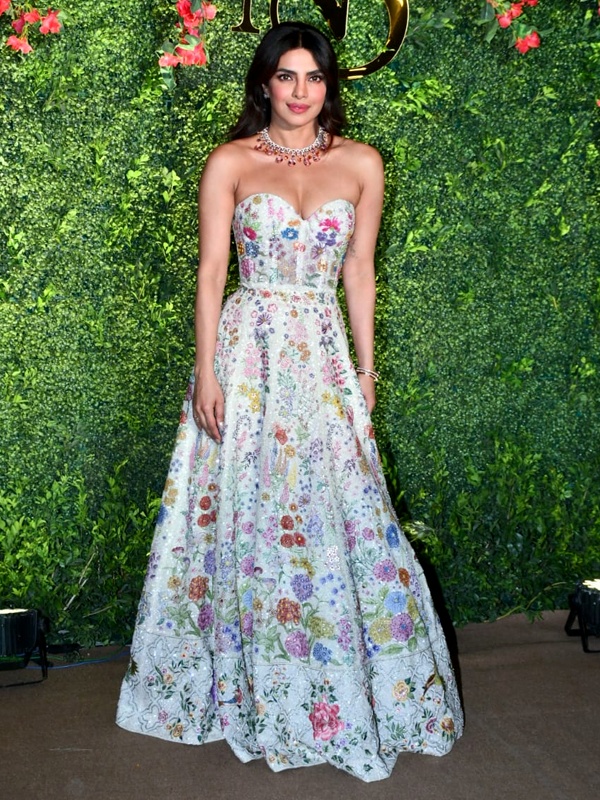

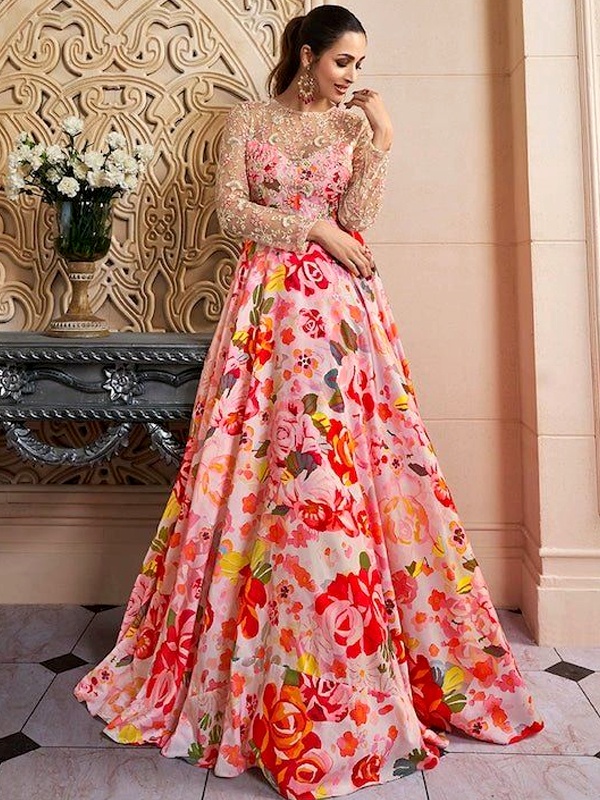
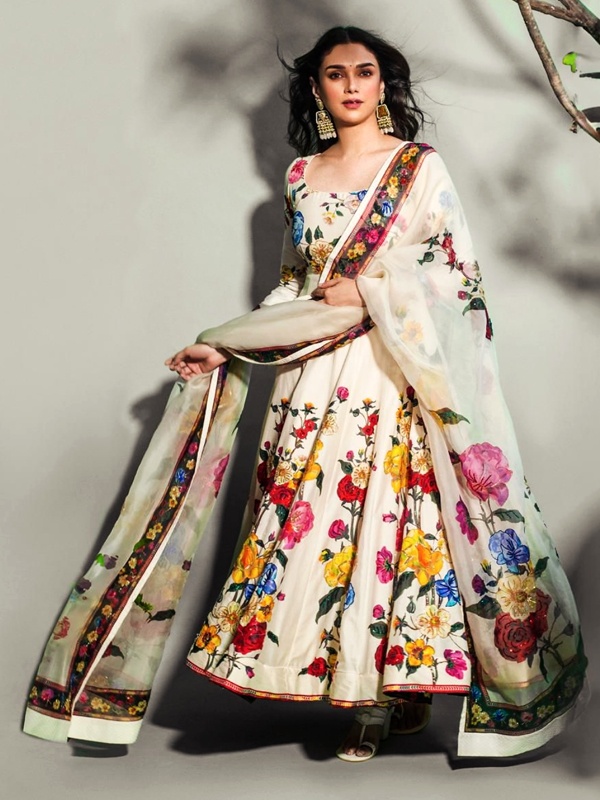
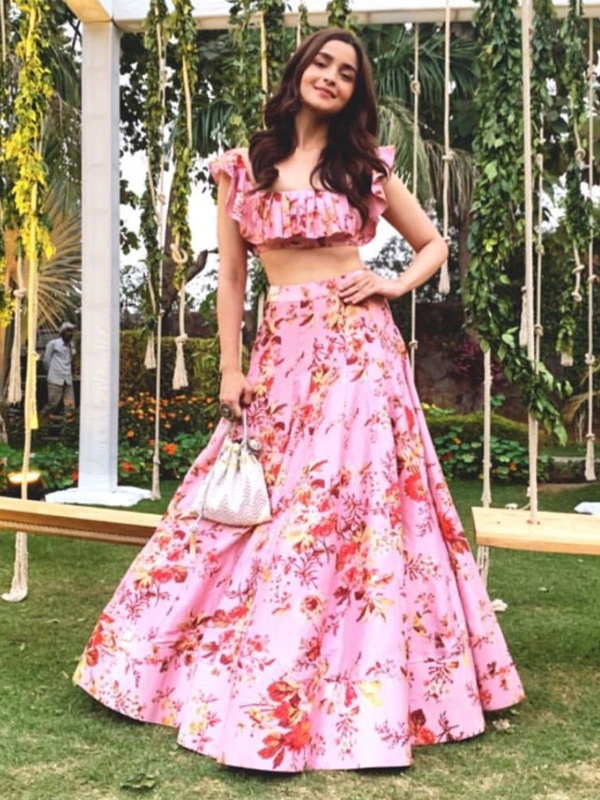
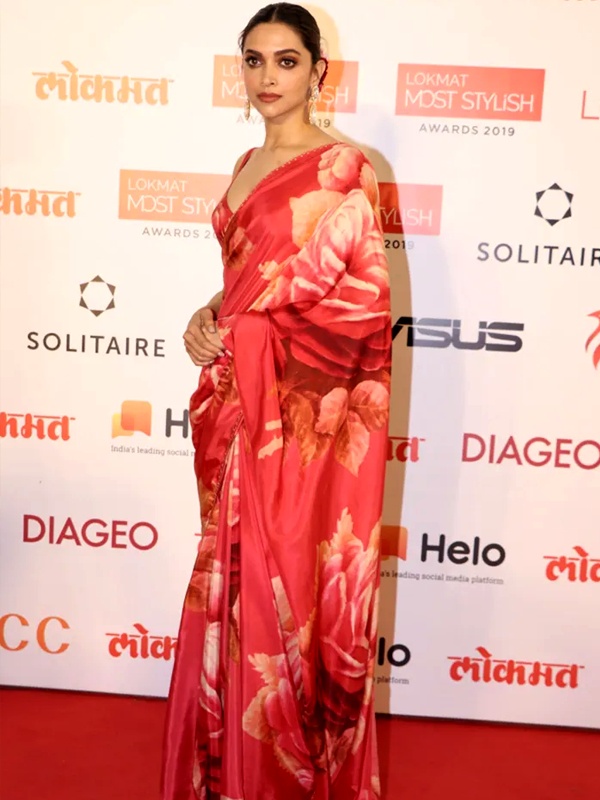


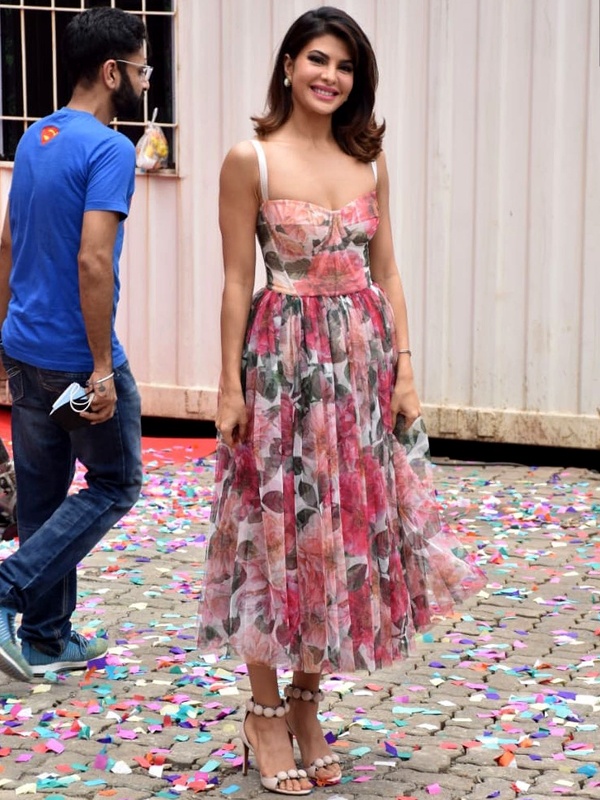
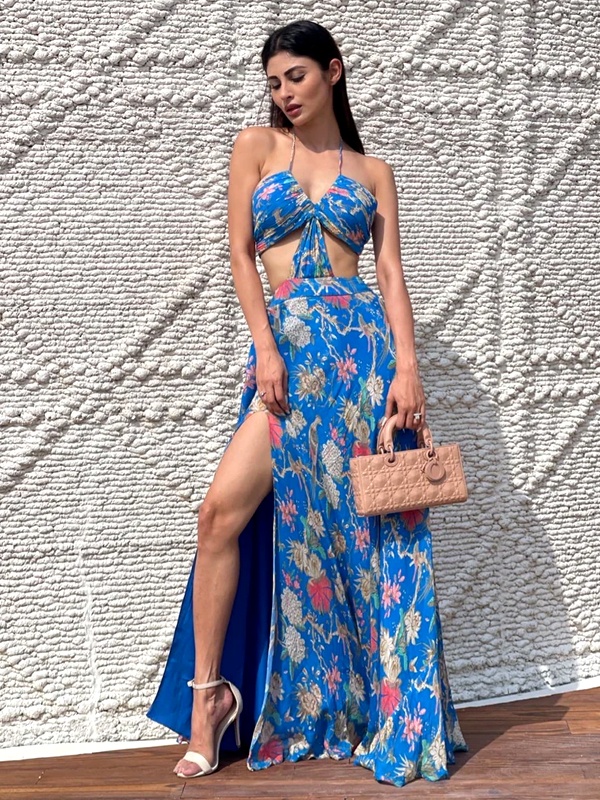


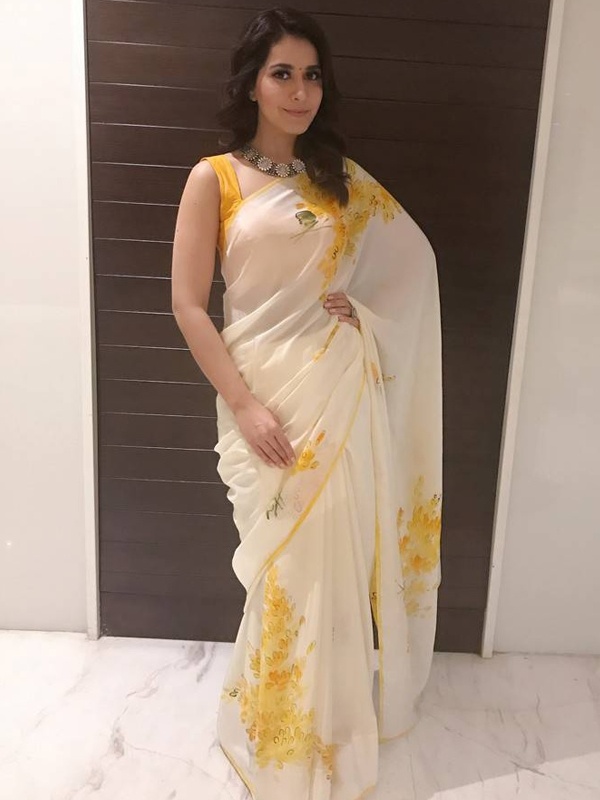
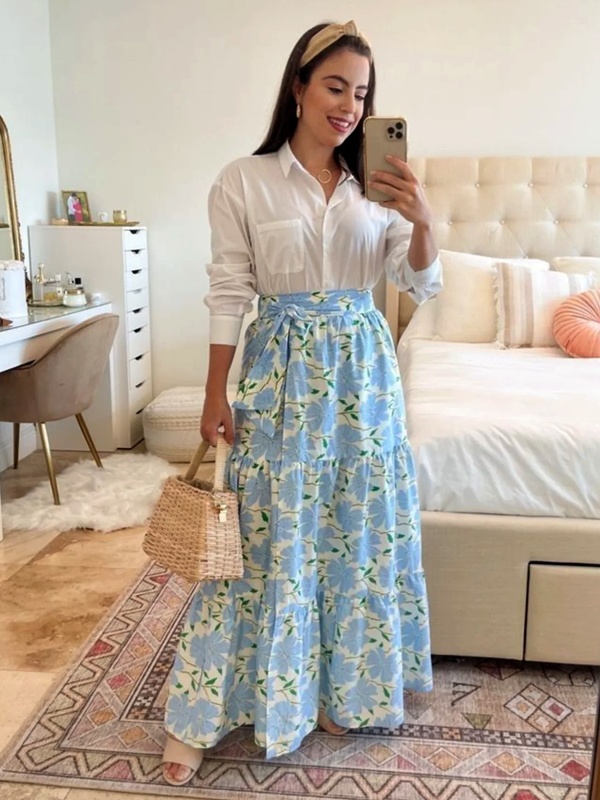



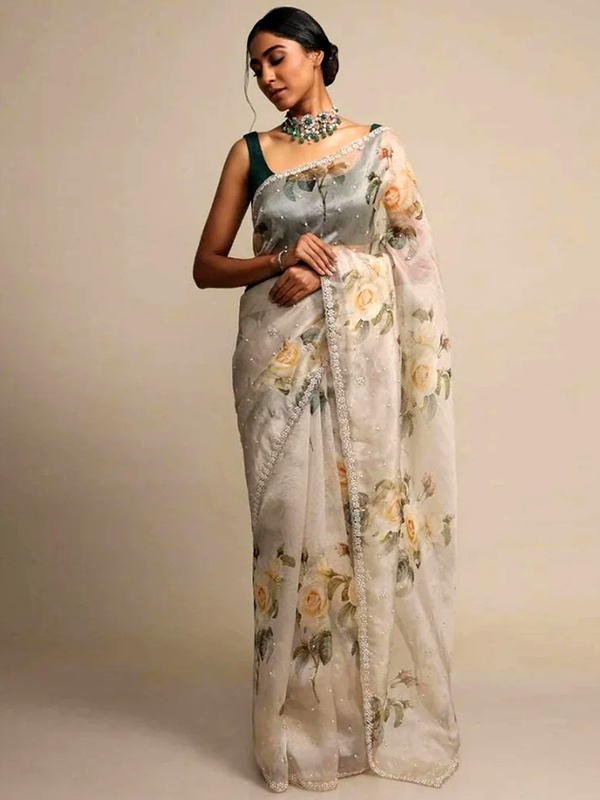

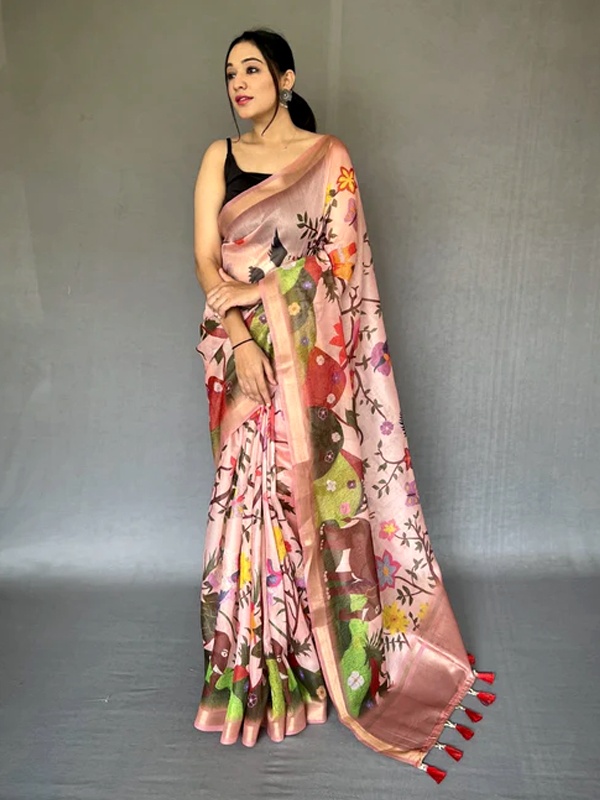


Of course! Choose rich fabrics like silk or organza with elegant floral motifs. Deep shades such as wine, emerald or royal blue look perfect for festive events.
Yes, just pick the right size of print. Small florals suit petite frames, while larger blooms flatter curvy bodies. Vertical or spaced prints help create a slimming effect.
Add structure - a fitted blazer, a crisp dupatta or heels. Metallic jewellery or a clutch instantly dresses up the look.
Definitely. Just balance them well - let one print stand out while the other stays subtle. A floral dupatta over an ikat kurta always works beautifully.
Cotton, chiffon and georgette feel light and airy. For monsoons, try crepe or viscose blends - they dry faster and don't wrinkle much.
Go for darker florals on heavier fabrics like velvet, wool blends or khadi jackets. Layer them with solid scarves or boots to add warmth and style.
They can, especially on low-quality fabrics. Always hand wash in cold water and dry in shade. For silks or expensive pieces, go for dry cleaning.
Keep it minimal. Solid bags, plain heels and delicate earrings work best. If your print is bold, skip statement jewellery.
Absolutely! Floral shirts, pocket squares or kurtas look stylish when balanced with neutral trousers or solid jackets.
Yes - subtle florals on pastel or muted tones are perfect for a smart, polished office look. Avoid overly bright patterns.
Yes! Floral prints are trending in 2025 with micro-florals dominating until mid-2026, followed by maximalist blooms. Key trends include eco-printed botanicals and AI-generated living prints.
Brands like FabIndia, Global Desi and local handloom stores in Rajasthan or Gujarat offer beautiful floral prints - both modern and traditional.
Yes. Many artisans now use natural dyes and hand block printing, which are eco-friendly and long-lasting.
Turn sarees into skirts or dupattas, use printed fabrics for patchwork blouses or mix floral pieces with solids for a new look.
| ABOUT THIS ARTICLE | |
|---|---|
| Published On | 05 Nov 2025 |
| Updated On | 06 Nov 2025 |
| Author | Author - Fashion Articles by Waves Institute |
| Publisher | Waves Institute of Fashion Designing |
| URL | https://articles.wifd.in/floral-print-fashion-for-women |
 CONTACT USWaves Institute of Fashion Designing,
CONTACT USWaves Institute of Fashion Designing,